Europe, with its diverse landscapes and rich biodiversity, is home to an array of magnificent mammals that captivate the imagination and inspire awe. From towering bears to massive whales, the continent boasts an impressive array of large-bodied species that play vital roles in their respective ecosystems. In this comprehensive exploration, we delve into the world of the largest mammals in Europe, uncovering their unique characteristics, habitats, and conservation status. Join us on a journey to discover the majestic giants that roam the lands and waters of the Old Continent.
Top 10 Largest Mammals in Europe
1. European Bison (Bison bonasus)
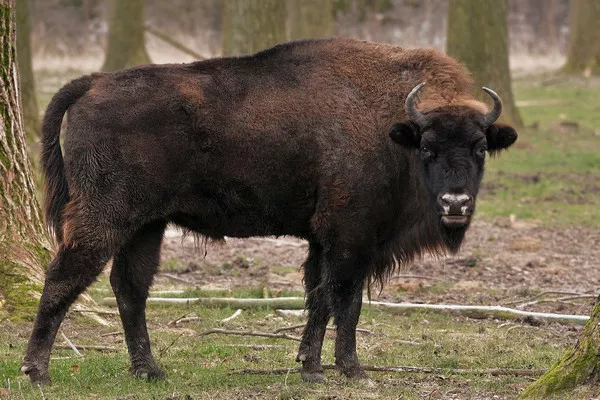
The European bison, also known as the wisent, is the largest terrestrial mammal in Europe and a symbol of conservation success. With males reaching heights of up to 1.95 meters at the shoulder and weighing as much as 1,000 kilograms, these magnificent beasts once roamed across the continent in vast herds. However, due to hunting and habitat loss, the European bison was driven to the brink of extinction by the early 20th century. Thanks to concerted conservation efforts, populations have rebounded in recent years, with herds now found in several countries, including Poland, Belarus, and Russia.
2. European Brown Bear (Ursus arctos)
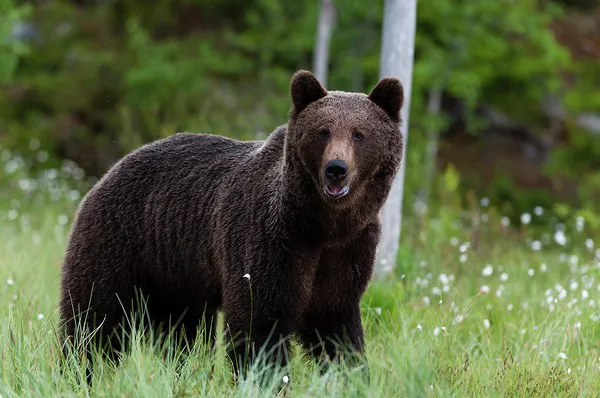
The European brown bear is one of the largest carnivores in Europe, with males reaching weights of up to 350 kilograms or more. These formidable predators inhabit forests, mountains, and tundra regions across the continent, where they feed primarily on plants, berries, and occasionally small mammals. While populations have declined in many parts of Europe due to habitat loss and hunting, efforts to protect and conserve these iconic bears have led to population recoveries in some areas, including Scandinavia and parts of Eastern Europe.
3. Eurasian Moose (Alces alces)
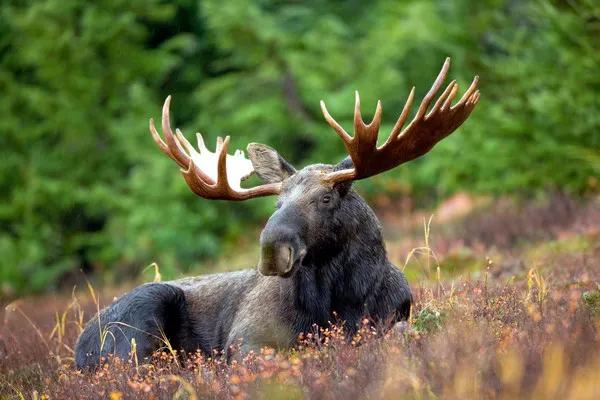
The Eurasian moose, also known as the elk in Europe, is the largest species of deer in the world, with males reaching heights of up to 2.3 meters at the shoulder and weighing as much as 700 kilograms. These majestic herbivores inhabit forests and wetlands across Europe, where they feed on a variety of vegetation, including leaves, twigs, and aquatic plants. While populations have declined in some regions due to habitat loss and hunting, moose are still relatively widespread across the continent, with strongholds in Scandinavia, Russia, and the Baltic states.
4. European Roe Deer (Capreolus capreolus)
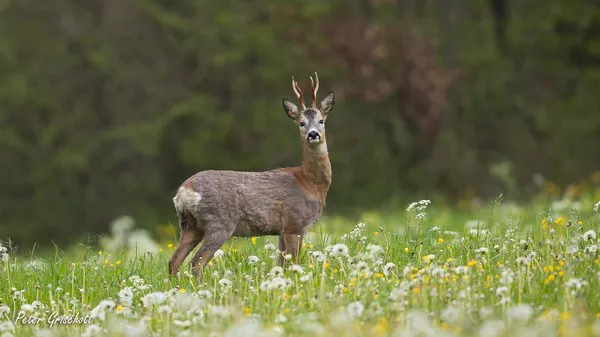
The European roe deer is one of the most widespread and abundant deer species in Europe, with males reaching weights of up to 30 kilograms. These graceful herbivores inhabit a variety of habitats, including forests, woodlands, and open fields, where they feed on grasses, leaves, and agricultural crops. While roe deer populations have declined in some areas due to hunting and habitat fragmentation, they remain common across much of Europe and are a familiar sight in rural and suburban landscapes.
5. European Red Deer (Cervus elaphus)
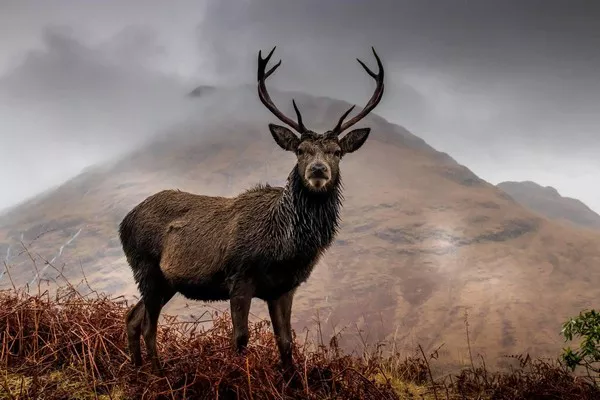
The European red deer is one of the largest deer species in the world, with males reaching weights of up to 250 kilograms or more. These majestic herbivores inhabit forests, woodlands, and mountainous regions across Europe, where they feed on a variety of vegetation, including grasses, leaves, and shrubs. While populations have declined in some areas due to habitat loss and hunting, red deer are still relatively widespread across the continent, with strongholds in countries such as Scotland, Norway, and Romania.
6. European Moose (Alces alces)
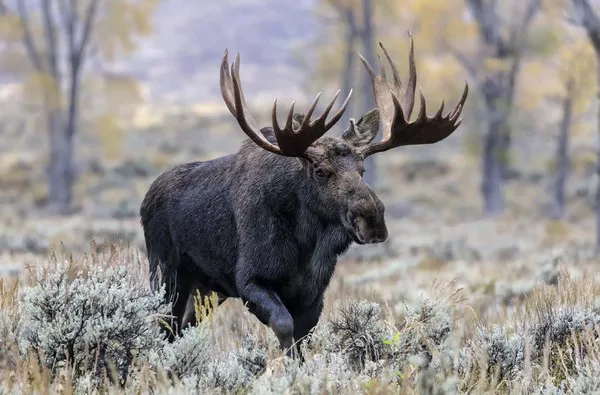
The European moose, also known as the elk in Europe, is the largest species of deer in the world, with males reaching heights of up to 2.3 meters at the shoulder and weighing as much as 700 kilograms. These majestic herbivores inhabit forests and wetlands across Europe, where they feed on a variety of vegetation, including leaves, twigs, and aquatic plants. While populations have declined in some regions due to habitat loss and hunting, moose are still relatively widespread across the continent, with strongholds in Scandinavia, Russia, and the Baltic states.
7. European Wolf (Canis lupus lupus)
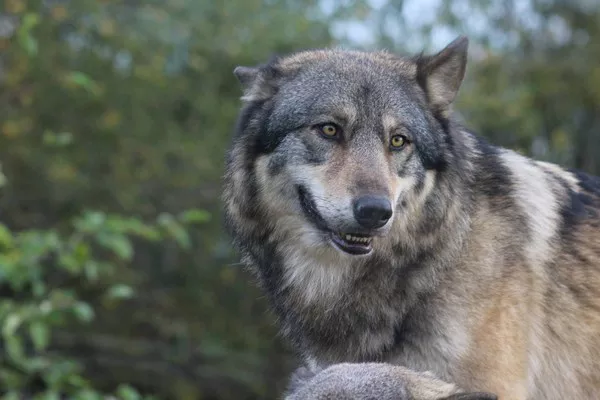
The European wolf is the largest wild canid in Europe, with males reaching weights of up to 50 kilograms or more. These iconic predators inhabit a variety of habitats, including forests, mountains, and grasslands, where they feed primarily on ungulates such as deer and wild boar. While populations have declined in many parts of Europe due to persecution and habitat loss, efforts to protect and conserve wolves have led to population recoveries in some areas, including parts of Eastern Europe and the Iberian Peninsula.
8. Eurasian Brown Bear (Ursus arctos arctos)
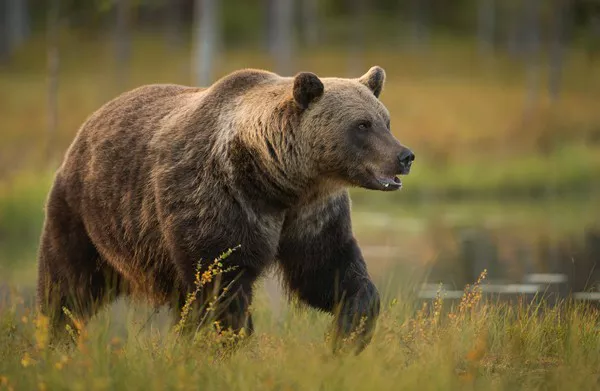
The Eurasian brown bear, also known as the European brown bear, is one of the largest carnivores in Europe, with males reaching weights of up to 350 kilograms or more. These formidable predators inhabit forests, mountains, and tundra regions across the continent, where they feed primarily on plants, berries, and occasionally small mammals. While populations have declined in many parts of Europe due to habitat loss and hunting, efforts to protect and conserve these iconic bears have led to population recoveries in some areas, including Scandinavia and parts of Eastern Europe.
9. European Lynx (Lynx lynx)
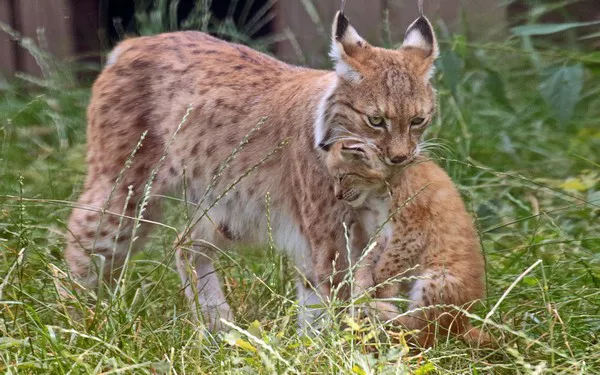
The European lynx is the largest of the lynx species, with males reaching weights of up to 30 kilograms or more. These elusive predators inhabit forests, mountains, and grasslands across Europe, where they feed primarily on small mammals such as rabbits and rodents. While populations have declined in many parts of Europe due to habitat loss and hunting, efforts to protect and conserve lynx have led to population recoveries in some areas, including parts of Scandinavia and the Alps.
10. European Beaver (Castor fiber)
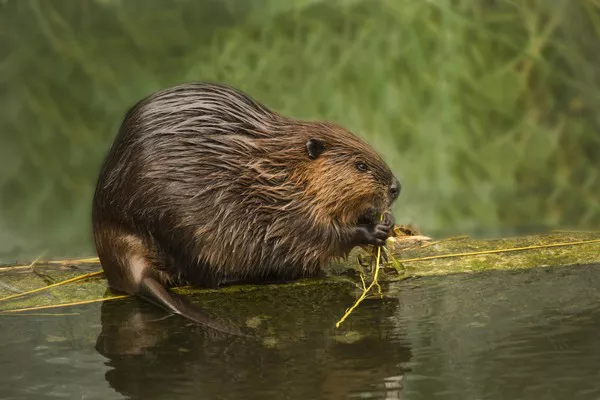
The European beaver is the largest rodent in Europe, with adults reaching weights of up to 30 kilograms or more. These industrious mammals inhabit rivers, streams, and wetlands across the continent, where they build elaborate dams and lodges to create habitat and protect themselves from predators. While populations have declined in some areas due to hunting and habitat loss, efforts to protect and conserve beavers have led to population recoveries in many parts of Europe, with reintroduction programs helping to restore populations in areas where they were once extirpated.
Conclusion
From majestic bison and bears to elusive lynx and wolves, Europe is home to an impressive array of large mammals that enrich the continent’s natural heritage. Despite facing numerous threats, including habitat loss, hunting, and human-wildlife conflict, many of these iconic species continue to thrive in protected areas and conservation landscapes. As we continue to strive for the conservation and preservation of Europe’s wildlife, let us cherish and celebrate the magnificent giants that grace the lands and waters of the Old Continent.
You Might Be Interested In:



























